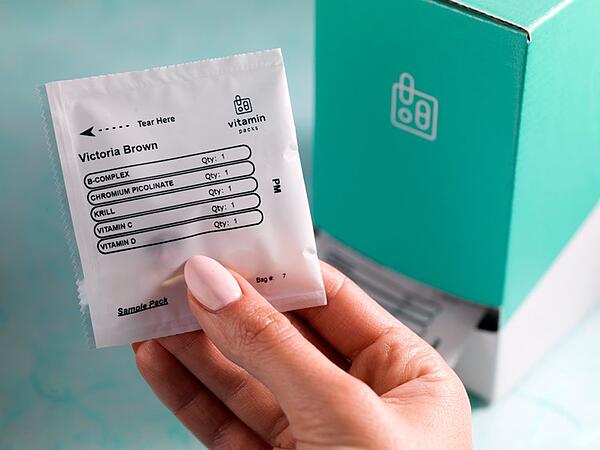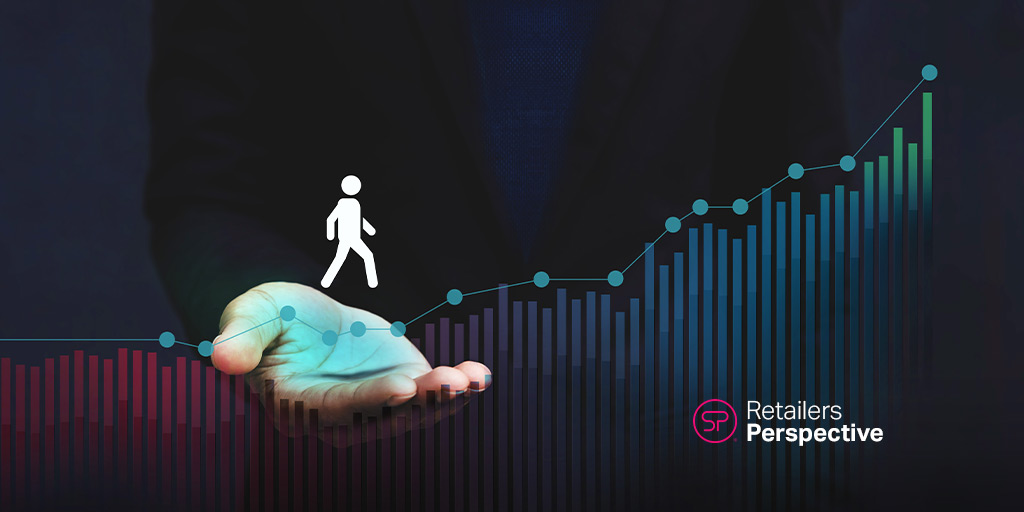Retailers have had plenty to think about in recent months. Leaders have had to deal with significant disruptions across the board – customer expectations, regulatory environments, distribution channels, and more.
Amidst all of these disruptions, many are unsure where to make long-term investments.
An approach that can help retailers make that decision was suggested recently at the NRF®2021conference by Walmart Chief Customer Officer Janey Whiteside. She said that retailers must closely listen to customers over the next 12-24 months as they figure out what conveniences and experiences they will want as the pandemic situation and economic climate evolves.
One way to actively improve how your company listens to your customers is by adopting a customer intimacy strategy. This approach helps retailers focus on the customer and effectively react to feedback.
What is Customer Intimacy?
Customer intimacy takes customer centricity to the extreme. To achieve customer intimacy, you must know and understand customers' needs and desires very deeply, and then align elements of marketing, sales, service, operations, and other business functions along with those needs.
It was a recurring theme at last month's National Retail Federation's virtual conference (Catch a recap of the NRF®2021 here).
Customer loyalty stems from the trust, perceived value, and emotional attachment they have to your store. Successfully understanding and delivering what customers want and need in a personal way builds trust, proves value, and emotionally validates their decision to choose you. Customer intimacy focuses you on those wants and needs, building loyalty.
Measure Retail Training ROI and Engagement
How does it work?
A customer intimacy strategy uses targeted outreach and personalization, among other tactics. Small customer segments and even individuals are contacted across multiple channels to identify needs. By leveraging this information, a retailer can drive loyalty and grow business.
Under this approach, retailers use online surveys, emails, in-person interactions, and social media to continually gauge what customers want. With the retail landscape in a constant state of flux due to how quickly trends and preferences change in the social media age, this strategy helps retailers predict demand and be at the leading edge of growing trends instead of reacting late when they become mainstream.
Of course, systems are required to make all this work. Most businesses have a CRM, POS system or other system of record for customer data that tracks not only transactions, but customer preferences, activity and even personal details like birthdays, special occasions, and more.
Personalize Experiences
To create customer intimacy, you need to tailor your products and services around your customers, which involves personalized offers and enhanced conversations.
Personalized offers
By segmenting your customers into specific categories, you can curtail offers (coupons, freebies, products, experiences, etc.) that will entice them.
An excellent example of this is Ritual, a vitamin company that allows customers to create individual vitamin pouches based on their nutritional requirements or questionnaires.
Daily personalized vitamin pouches make each customer feel like the formulation is especially for them. Where else would they go for vitamins? The personalization creates a barrier to switching, since the consumer now feels like they would lose that individual approach.

Personal connections in the digital space
Meeting your customers on social media platforms, offering digital consultations, quickly responding to complaints and ideas, and generally staying relevant and top of mind makes their relationship to you stronger. Especially if the responses really ARE personal. Despite never having met, the consumer starts to visualize the brand as a person, even a friend.
At the recent NRF conference, Suitsupply CEO Fokke de Jong indicated they have tremendous success in offering personal online style consultations across multiple channels. Fokke refers to the style advice as "radically personal," with consultations giving customers a way to plan a prepared in-store fitting room visit.
Learn Why - Retail Employees Encouraged to Use Phones on the Sales Floor
Enhance Retail Training
"The physical store will always remain the temple of luxury. And so, the holy grail of customer intimacy will be to push the limits of personalized shopping." Forbes 2021
Getting customer intimacy right is an investment. When customers respond and come into your store, you cannot afford your retail associates failing to back your strategy up. They are your store's voice and frontline advocates. If they do not know about the personalization campaigns you are running or are unaware of the offers sent out, they will break the personal connection.
Cultivating loyalty through customer intimacy must be covered in your retail training. Employees need to understand the importance of personalization and how they fit within the customer's omnichannel journey. They need the know-how and motivation to deliver on the customer intimacy you are building.
Where Traditional LMS fails
To achieve true customer intimacy, you need your store associates to be absolute advocates for that individual customer. Because the customer experience becomes so detailed, so too must the training experience. In order to increase learning, front-line employees need:
- Bite-sized content delivered at high velocity
- Ongoing flow of learning, featuring multiple reinforcement points
- Incentives and gamification, which bring entertainment value and instant gratification
- Mobile-friendly access, ideally on personal devices - shared devices are no longer practical or accepted due to COVID
Additionally, an LMS needs to be a lot more than an LMS to be effective in today's retail environment, where employee roles, tasks, and priorities shift in real-time as retailers prioritize omnichannel formats.
Features not traditionally seen in an LMS, like chat, forums, polling, job reference tools, virtual webinars, vendor-managed product training, etc., must be a part of the solution. These features must work together in one app to streamline and accelerate the training and retraining process that is critical to the rapid evolution of the retail channel.
SellPro disrupts the traditional LMS norms through an app that store employees want to use every day.
Let us show you how it works. Reach out to our experts to see a demo and learn more.
Additional Resources
NRF 2021 Recap - Retailers Meeting New Customer Expectations
You're Doing It Wrong - L&D In Retail's New Normal
Ultimate Guide to Training Retail Employees

.webp)

